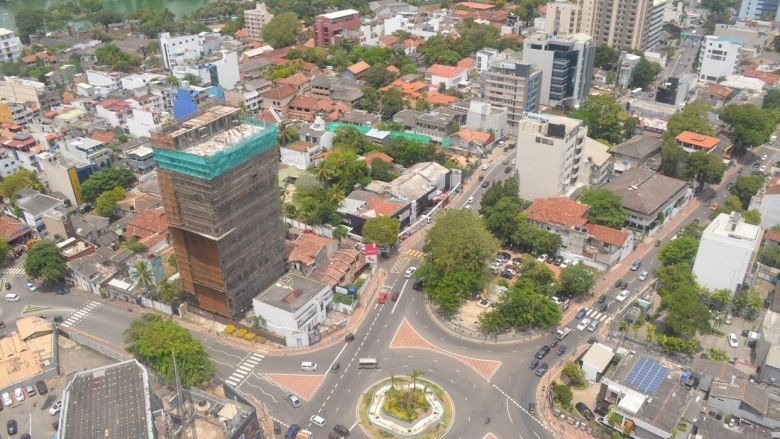The latest edition of the World Bank’s Sri Lanka Development Update (SLDU) finds the island in a challenging macroeconomic landscape. The post-conflict high growth momentum has decelerated. A volatile global environment and structurally weak competitiveness continue to weaken growth and external sector performance. High interest costs mask limited fiscal improvement.
The report’s special focus examines the challenges associated with a change in demographic composition and suggests that a multi-year program of policy reforms and institutional strengthening could help prepare Sri Lanka for the decades ahead.
The SLDU, which analyses key developments in Sri Lanka’s economy over the past six months, notes that while post-conflict growth has decelerated, the outlook remains stable, conditional on political stability and reform implementation.
. Key reforms, such as the implementation of the Inland Revenue Law, passing of the Active Liability Management Act, are helping to prepare for heightened external debt refinancing risks in 2019 and beyond.
“It is important to consolidate on previous reforms to ensure maximum benefits,” says Fernando Im, an author of the SLDU and the senior country economist for Sri Lanka-Maldives. He explains that future reforms could yield high development impacts, such as further strengthening public finance management and supporting the implementation of a social registry to improve coverage and targeting of social safety nets.
Below are some of the recent developments highlighted in the report:
Sri Lanka’s debt portfolio carries significant risks
At an estimated 83 percent of its Gross Domestic Product, Sri Lanka’s central government debt level is high. As the country approached upper middle-income status, it has been borrowing on more commercial terms with increased cost and risk.
The majority of foreign currency denominated debt is now largely made up of market borrowings including International Sovereign Bonds (ISBs) and Sri Lanka Development Bonds (SLDBs), which in 2017 accounted for 53 percent, up from just 3 percent of total foreign currency denominated debt in 2000.
In total, maturities of bullet repayments on Eurobonds from 2019 to 2023 and from 2025 to 2028 alone amount to USD 12.15 billion. The SLDU notes that this is new territory for the country and could expose the island nation to refinancing risks.
In response, the government has adopted policies designed to address these risks, however, the slow progress of key structural reforms remains a cause for concern. It is hoped that improvements in debt management will help manage costs and risks of the portfolio, develop the domestic financial market and improve access to finance.


